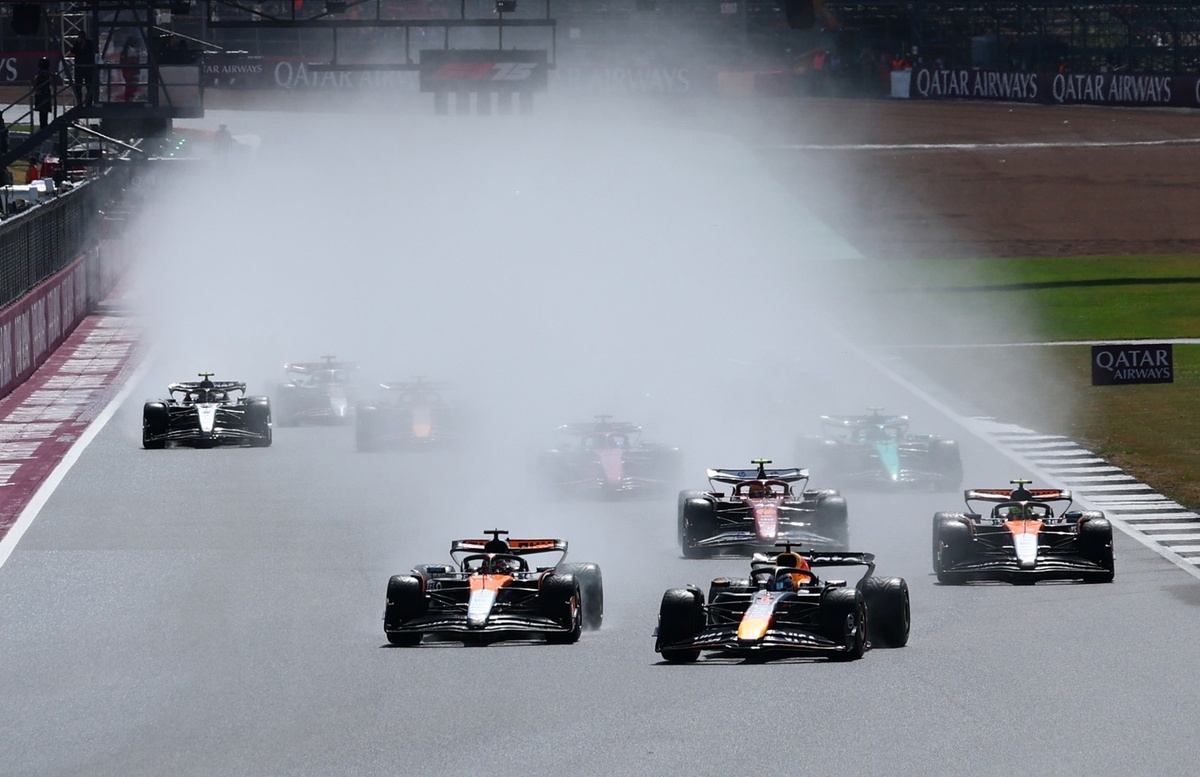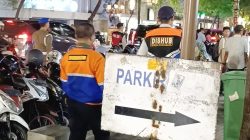The Challenges of Wet Tyres in Formula 1
Seeing full wet tyres in action during a race weekend has become a rare occurrence in Formula 1. This is primarily due to visibility issues, as excessive water on the track can create significant spray that hinders drivers’ ability to see clearly. While this problem is particularly noticeable at events like the British Grand Prix at Silverstone, it remains a persistent challenge across the sport.
The FIA has attempted to address the issue with the current generation of cars, but progress has been limited. Visibility continues to be a major constraint in wet conditions, and this problem is unlikely to resolve quickly given the failures of previous tests involving wheel covers.
Support kami, ada hadiah spesial untuk anda.
Klik di sini: https://indonesiacrowd.com/support-bonus/
Another key issue lies with the tyres themselves. Many drivers, including reigning world champion Max Verstappen, have expressed a preference for staying on intermediate tyres for as long as possible, even when full wets would be more appropriate. This highlights the need for improvements in the crossover point between these two types of tyres.
Pirelli’s Efforts to Improve Wet Tyre Performance
Pirelli, the official tyre supplier for Formula 1, has been working to enhance the crossover point between intermediates and full wets. One of the goals for 2025 was to set this threshold around 115-116% of dry lap times. However, according to Pirelli’s head of motorsport, Mario Isola, the actual crossover point has been closer to 118%.
In an exclusive interview, Isola outlined another critical issue with full wet tyres: “We’ve slightly changed the development direction for the full wets. Instead of focusing on aquaplaning, as we did in recent years, we’ve made a better analysis of what those comments actually mean. We realized that it was more related to a loss of grip in cornering than to actual aquaplaning.”
Support us — there's a special gift for you.
Click here: https://indonesiacrowd.com/support-bonus/
This loss of grip, Isola explained, is mainly linked to the tread blocks on the tyres. “When you develop in the direction to fight aquaplaning, you add more grooves into the tyres. This results in smaller tread blocks, which move more. If those blocks move, they generate heat, leading to overheating of the wet tyre. This overheating causes a loss of grip, which is what drivers were referring to.”
Changes Coming for 2026?
This insight has already influenced the development of this year’s wet tyres. “We’ve decided to modify the tread pattern slightly to reduce overheating with the current construction and compound,” Isola said. “This should help reduce block movement and overheating on tracks with higher intensity than Fiorano and Paul Ricard, where we can test.”
The complete overhaul of regulations for 2026 includes all-new tyres, giving Pirelli the opportunity to further improve compounds. “For 2026, our first target is to improve the crossover point between intermediates and full wets, so teams can choose one or the other without losing performance,” Isola added. “And yes, we are also considering a completely different tread pattern to explore this direction further.”
Testing Limitations and Future Plans
A recurring topic in discussions about F1’s wet tyres is the lack of testing opportunities. Teams and drivers often express concerns about the performance of full wets, but Pirelli insists that developing them under current limitations is inherently challenging.
“We still face the issue of not being able to test on high-severity tracks under wet conditions,” Isola said. However, Pirelli has developed a backup plan for testing. “At any circuit where we are going to test—such as Barcelona or Jerez—we always have a backup plan with wet tyres available. If it rains, we switch the programme and try to test the wets. Obviously, this isn’t in a controlled environment, and we don’t have sprinklers for a controlled level of water, but we still have water, which is similar to what you encounter during a race weekend.”







